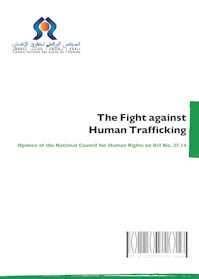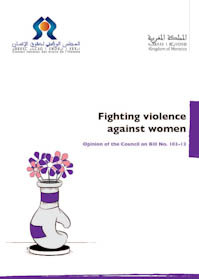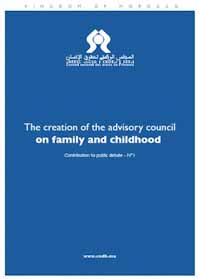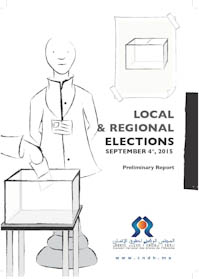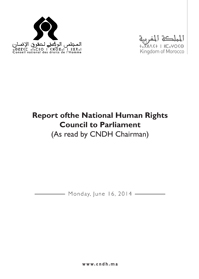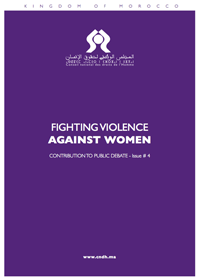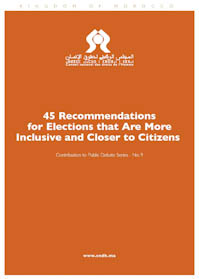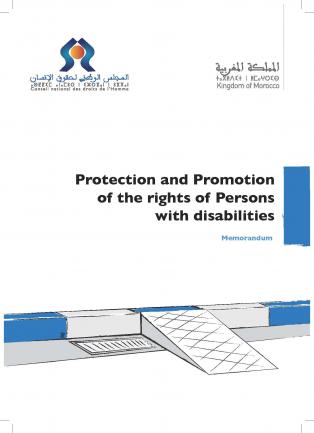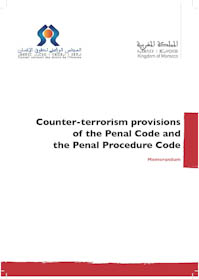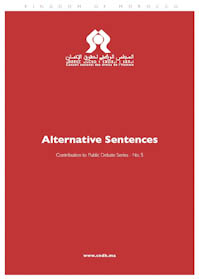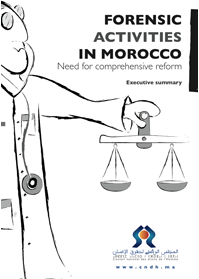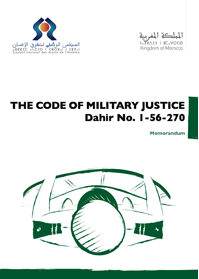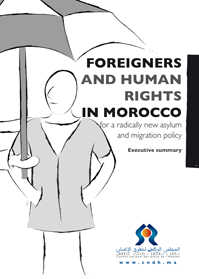CNDH’s strategy on memory preservation and collective reparation
The President of the National Human Rights Council (CNDH), Ms. Amina Bouayach, announced some elements of the CNDH’s strategy on the follow-up of the implementation of the recommendations of the Equity and Reconciliation Commission (Moroccan Truth Committee known under its French acronym IER) regarding the preservation of memory and collective reparation. This announcement was made at the ceremony of the new members of the Regional Human Rights Commission of Draa-Tafilalet Region (CRDH) on Thursday morning, October 8, 2020, in Errachidia, Morocco.
Ms. Bouayach decided to announce these elements of the CNDH’s strategy in the Draa-Tafilalet Region considering the historical and human rights symbolism and the reconciliation model in this region.
On this occasion, the CNDH Chairperson stated that the aim of this strategy is manifested in three main levels: a human rights action by virtue of our responsibility as human rights defenders and initiators of launching the transitional justice process since more than 20 years ago, and our responsibility in terms of completing it based on human rights actions and not on ideology or specific political thoughts.
Our goal, Ms. Bouayach added, is to convert enforced disappearances and informal detention centers into cultural and social spaces, and memory-preservation centers. It means transforming them from disappearance and detention centers to spaces of life so that what happened will be unrepeated.
Pursuant to this strategy, the CNDH Chairperson and representatives of the relevant government departments and local authorities conducted a visit to be informed on the progress of the establishment of Tazmamart space. The CNDH President also stressed that the management of these facilities will be carried out in partnership and cooperation with the inhabitants and the NGOs of victims.
In the same context, the CNDH will continue conducting visits to other memory sites in Kelaat M’Gouna and Agdz (Moroccan cities in the Draa-Tafilalt region). Afterward, it will also conduct national field visits to various memory preservation places that suffered from violations in the past.
Next week, a meeting will be organized with partners of the establishment of Al Hoceima Museum, the rehabilitation of the cemetery of victims of the 1981 events in Casablanca, and the Nador cemetery to transform them from spaces of isolation to integrated ones with their local and national surroundings.
Besides, at the beginning of 2021, a detailed report will be published on the follow-up of the implementation of the recommendations of the IER regarding the preservation of memory and non-repetition, individual and collective reparation, as well as those related to legislative and institutional constitutional reforms.
Considering that human rights are field actions and reflections, an international symposium on memory preservation will be organized at the beginning of the next year, with the participation of the relevant parties, national and international actors and experts.






